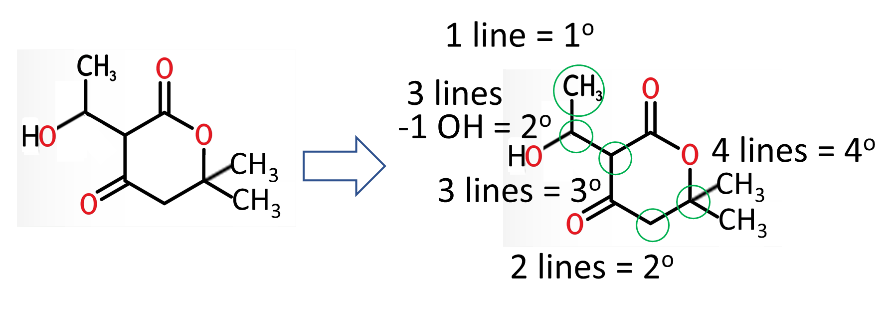Blog Layout
How to Identity Carbon Multiplicity
Dr. Anthony Revis • Oct 05, 2022
How to Identity Carbon Multiplicity
Are you struggling with identifying whether a carbon is primary 1°, secondary 2°, tertiary 3°, or quaternary 4°? You are not alone. Here is how you do it with a very simple trick. But, first, how about some simple definitions.
- 1° Primary – one adjacent (attached) carbon
- 2° Secondary – two adjacent (attached) carbons
- 3° Tertiary - three adjacent (attached) carbons
- 4° Quaternary - four adjacent (attached) carbons
To identify them, follow these steps:
- Draw a ring about the carbon you are interested in.
- Count the lines (bonds) inside the circle
- If the line all lead to carbons, then that’s your answer
For lines that are not attached to carbon:
4. Subtract (ignore) lines not attached to carbon for a final answer

Once you do it a few times, you won’t have to draw the circles. Your eyes will immediately see them.






